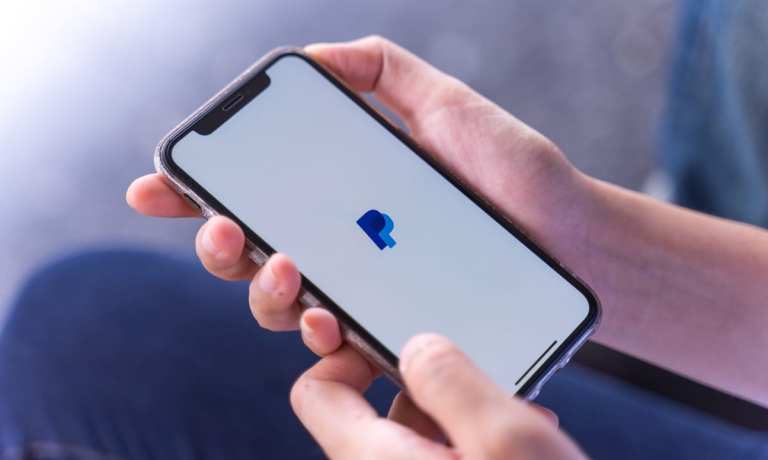
Earnings season can offer a glimpse, backed up with data, of seismic shifts in the way we live our lives.
And PayPal can serve as a microcosm of the continued evolution of the connected economy. We’re speaking here, of course, of the interactions and overlap of activities across time and place, where people, devices, data and of course payments interact across all manner of daily life.
As noted on the company’s latest earnings call, and in commentary offered by CEO Dan Schulman, the firm is riding the wave toward digitization of those activities, and is looking to use its platform to make inroads across digital payments, financial services and commerce.
In terms of the numbers themselves: As noted in this space in the earnings recap: Total payments volume stood at $277 billion across 4.4 billion transactions. Dollar volume was up 39 percent year over year, the transaction count grew by 27 percent.
That’s a strong signal of the ongoing digital shift, of course, but drilling down we see that cross-border transactions (in terms of volume) were up 31 percent, on an FX neutral basis — spotlighting just how connected we are, truly, on an international basis.
Venmo served as a reminder of the connections that can be forged between individuals, and specifically, P2P payments. The company said Venmo saw total payments volume of $47 billion in the fourth quarter, up 60 percent year over year, while Venmo’s customer base grew by 32 percent and now stands at roughly 70 million accounts. Management said on the call that users were able to cash stimulus checks within the Venmo app beginning last month. The Venmo card credit card will be available to 100 percent of PayPal’s base beginning next month, and the app will offer users the ability to buy, hold and sell crypto through the Venmo app.
The New Reality Is The Digital Reality
“Today’s digital reality is rapidly accelerating the need for a digital wallet that encompasses payments, financial services and shopping,” Schulman said, where the distinction between online and offline transactions is being blurred.
As part of that connectivity in commerce, scanning while shopping continues to gain traction. PayPal’s results show there’s been a 19 percent increase in payments volume through the use of QR codes. And as Schulman noted later in the call, there were 3 million customers using buy now, pay later (BNPL) options at the point of sale.
“We all know the current financial system is antiquated, and we can envision a future where transactions are completed in seconds not days, a future where transactions should be less expensive to complete and a future that enables all people to be part of the digital economy,” he said at one point.
At one point an analysts asked if PayPal was moving ever closer to becoming a super app — offering bitcoin, QR codes, BNPL and other options. All of the new functionality the firm has put into place is adding to usage, said Schulman, and adding incremental volume. The company has found that if consumers are using PayPal in store, there are 54 “incremental transactions that are just in store, and don’t displace online” transactions. The company is indeed, said Schulman, building “our digital wallet into the super app” that brings payments, commerce and financial services onto a common platform.